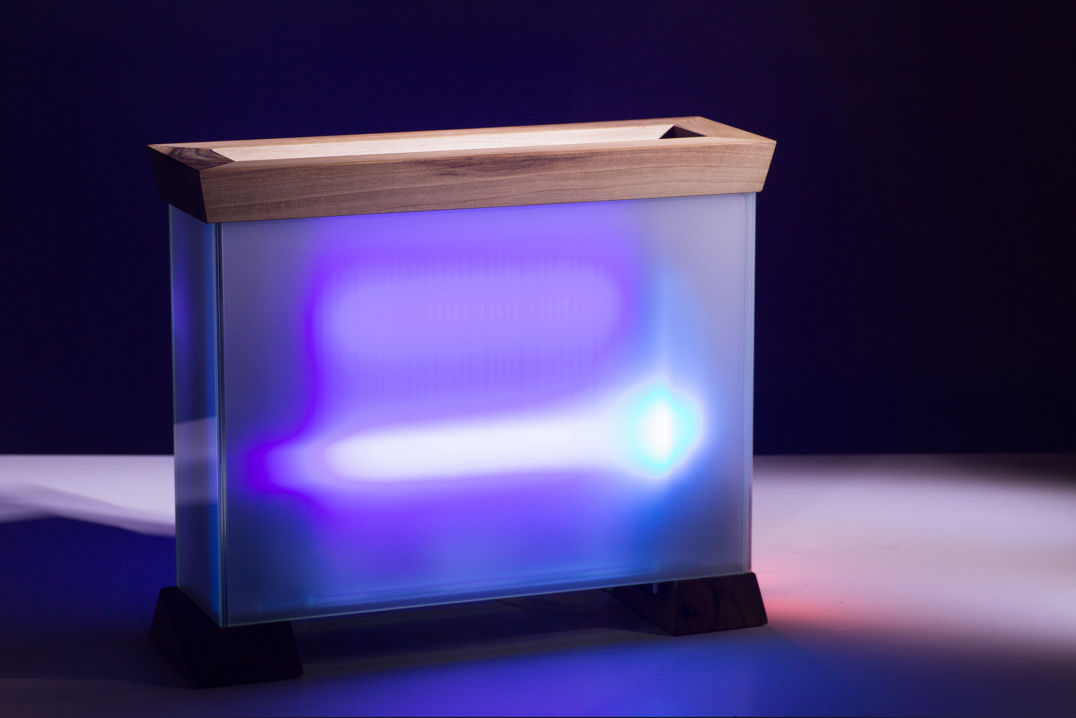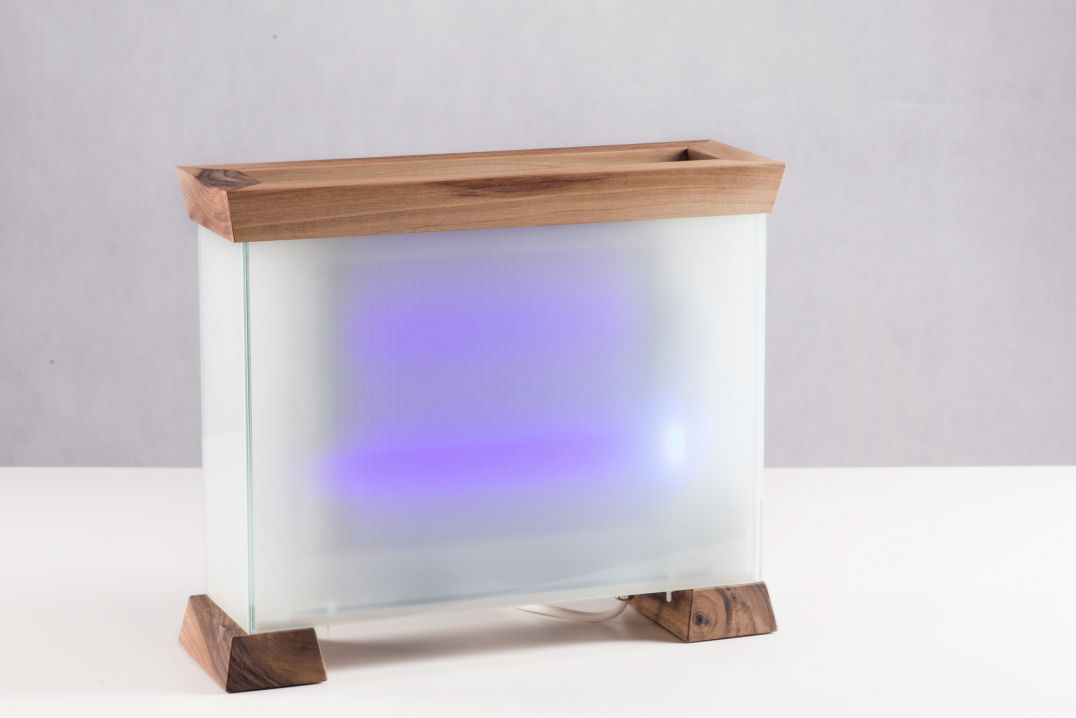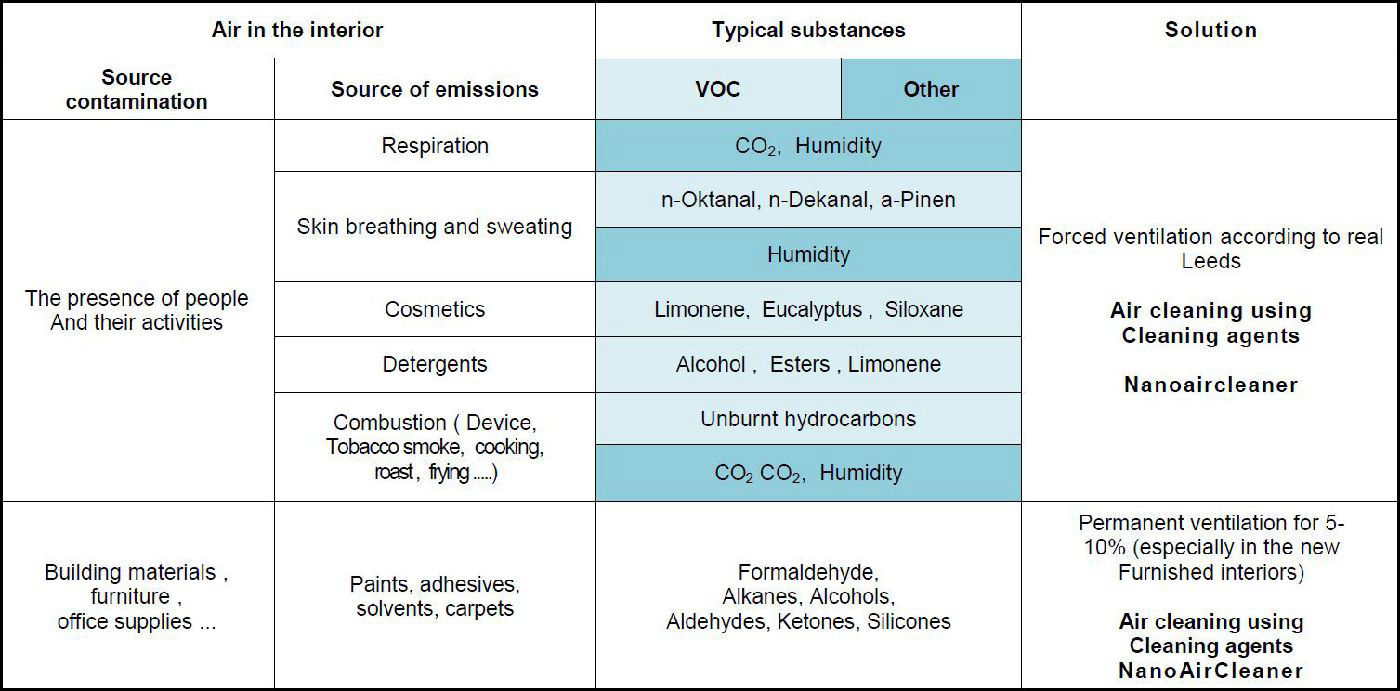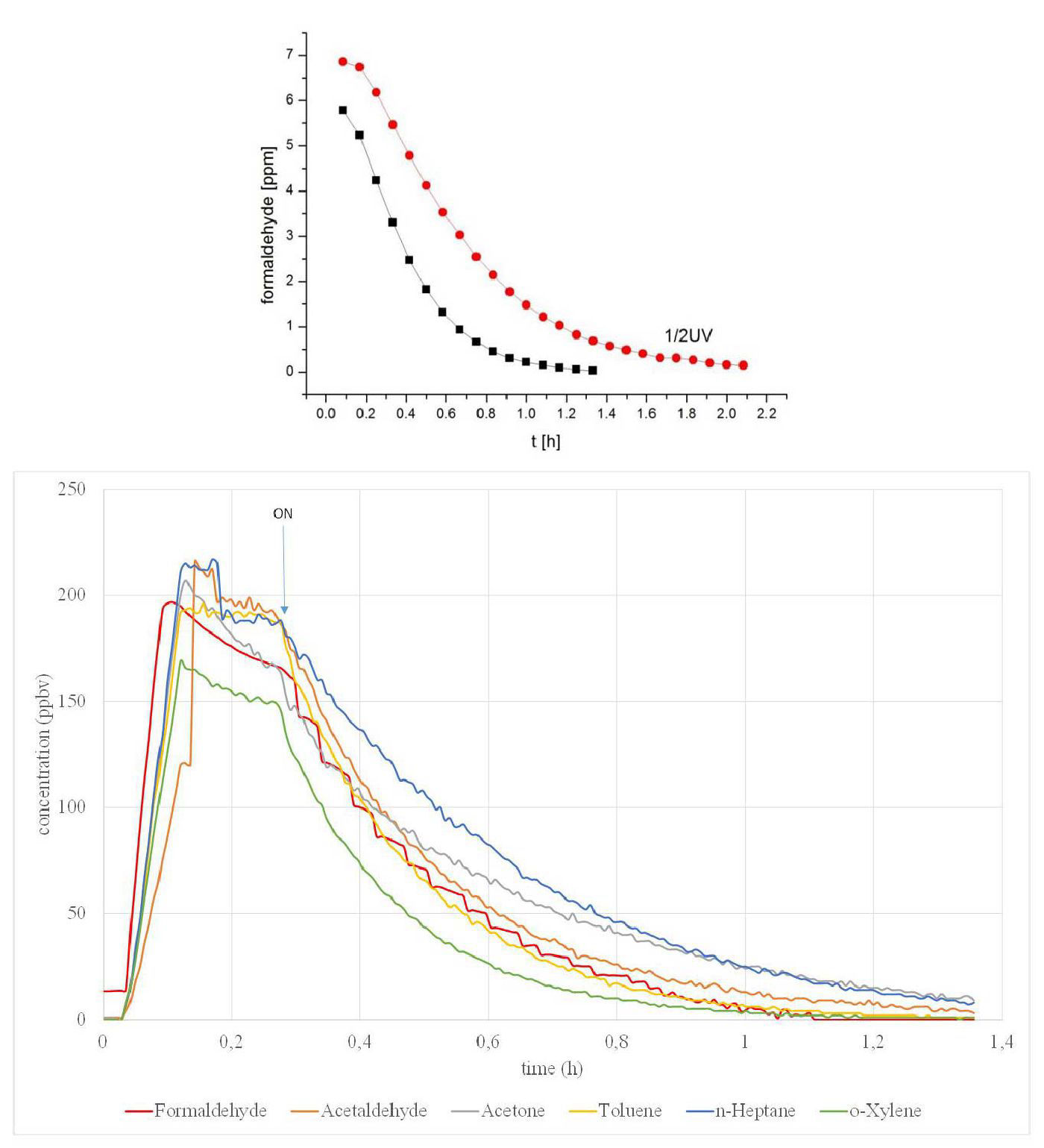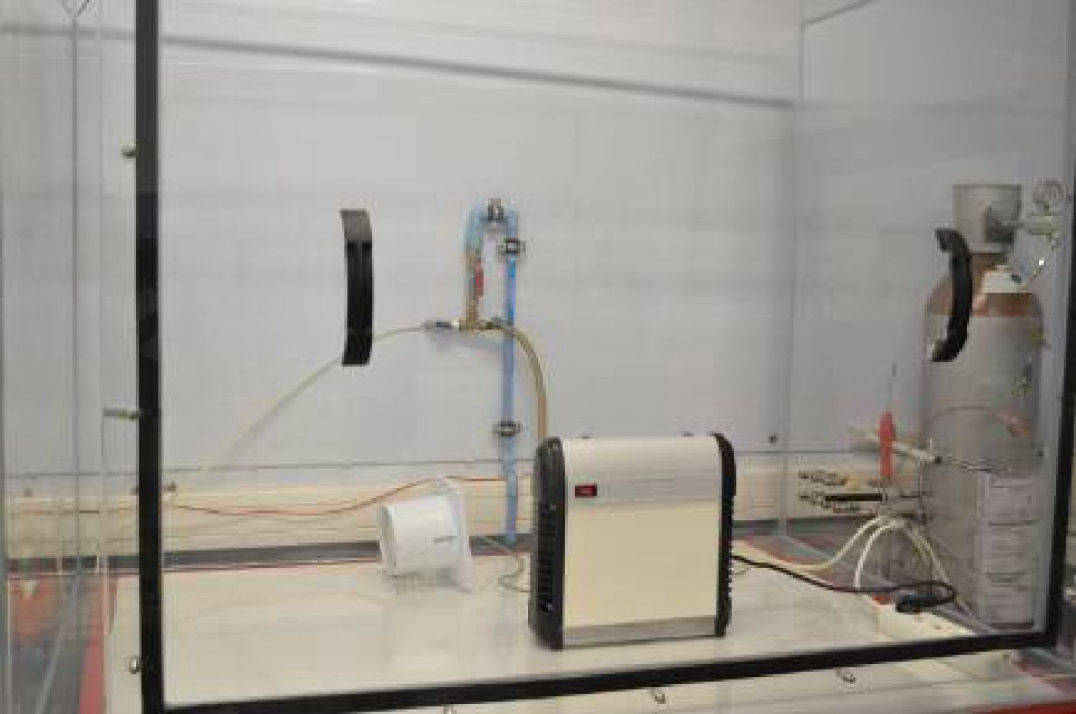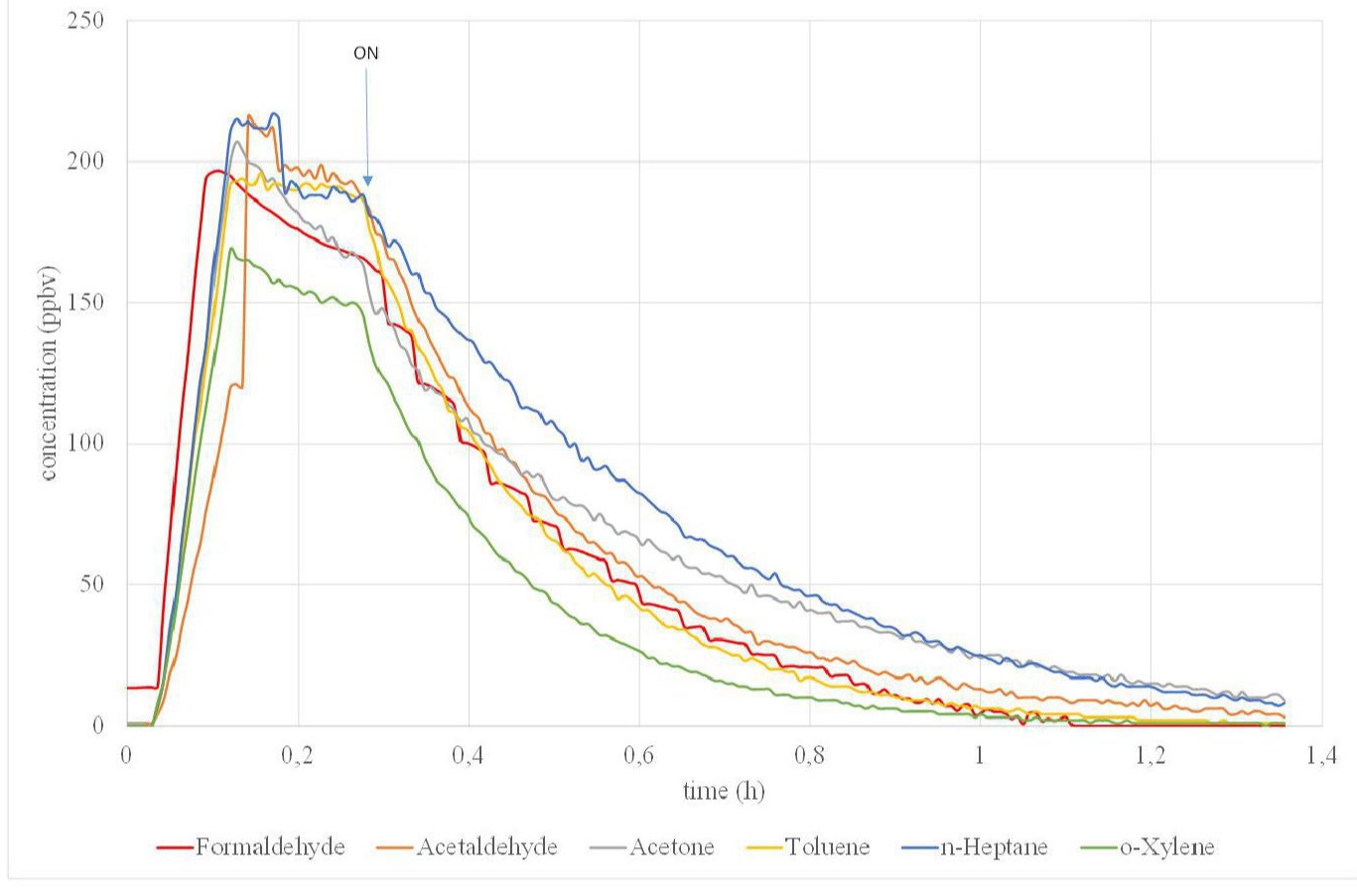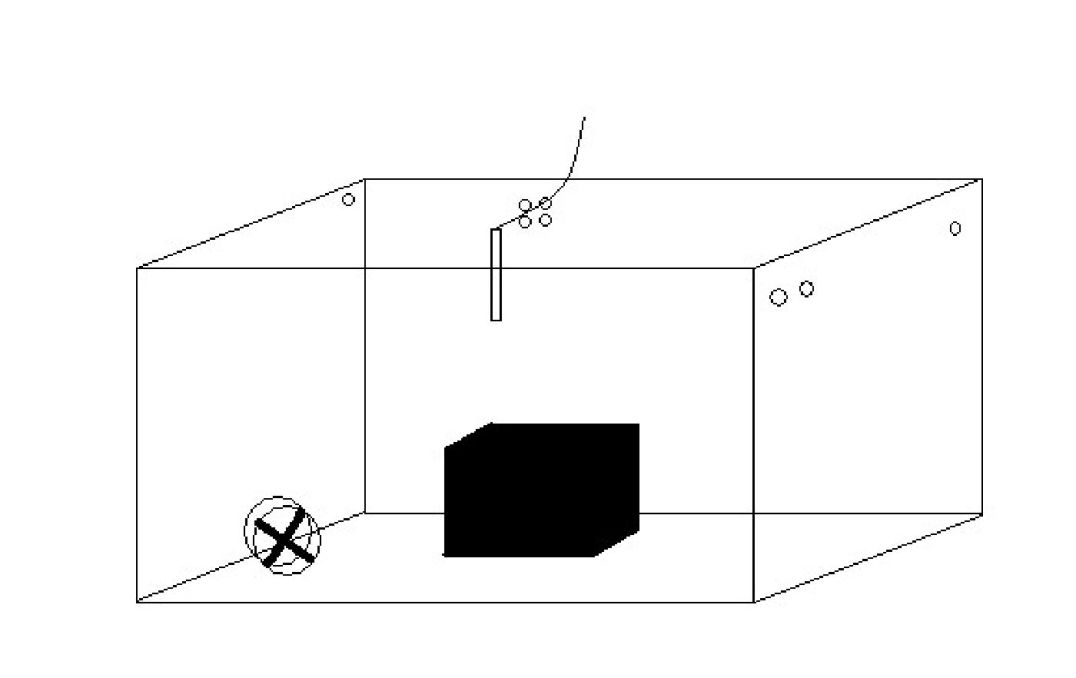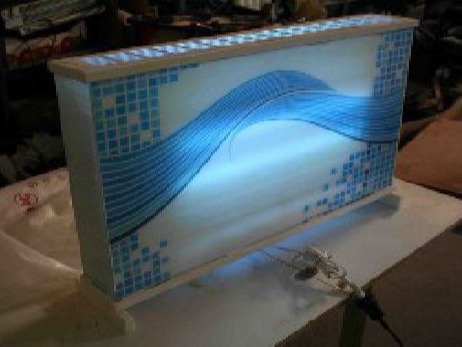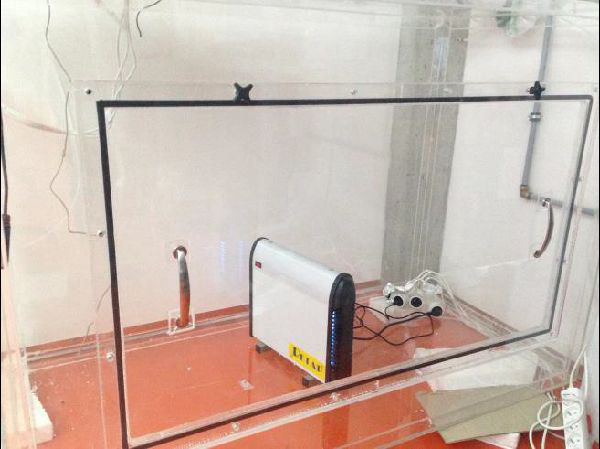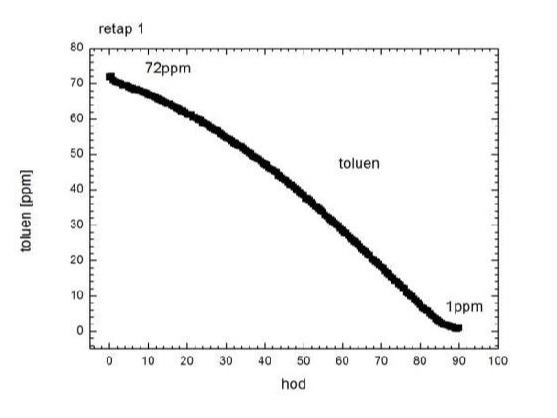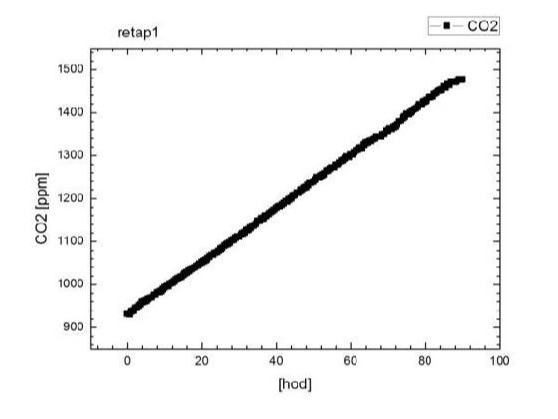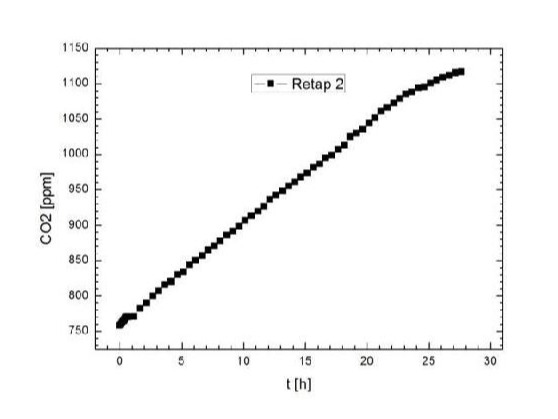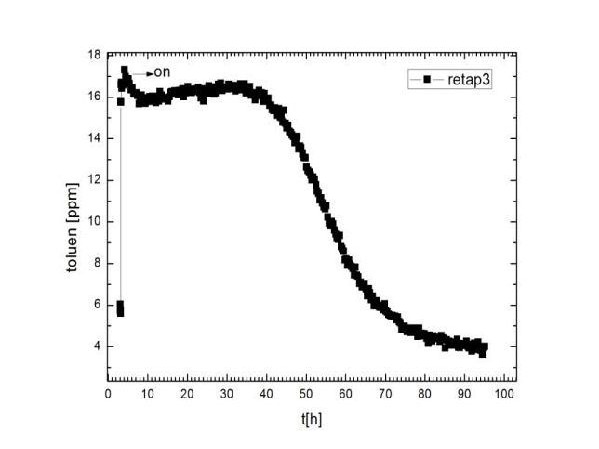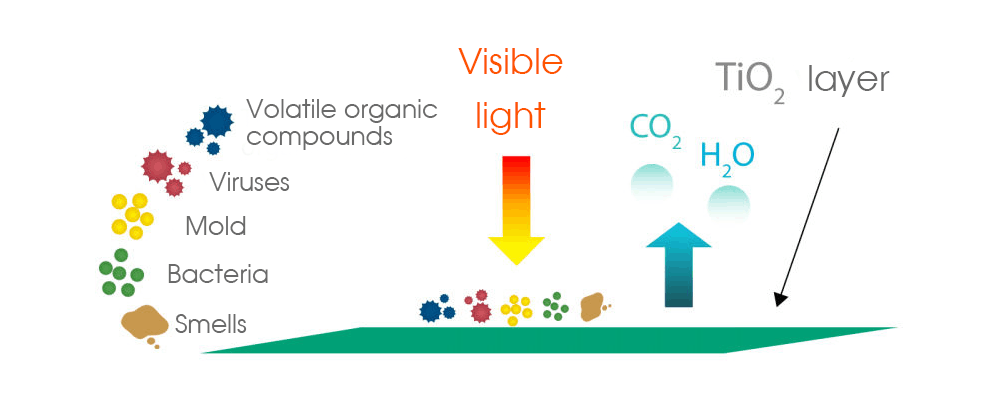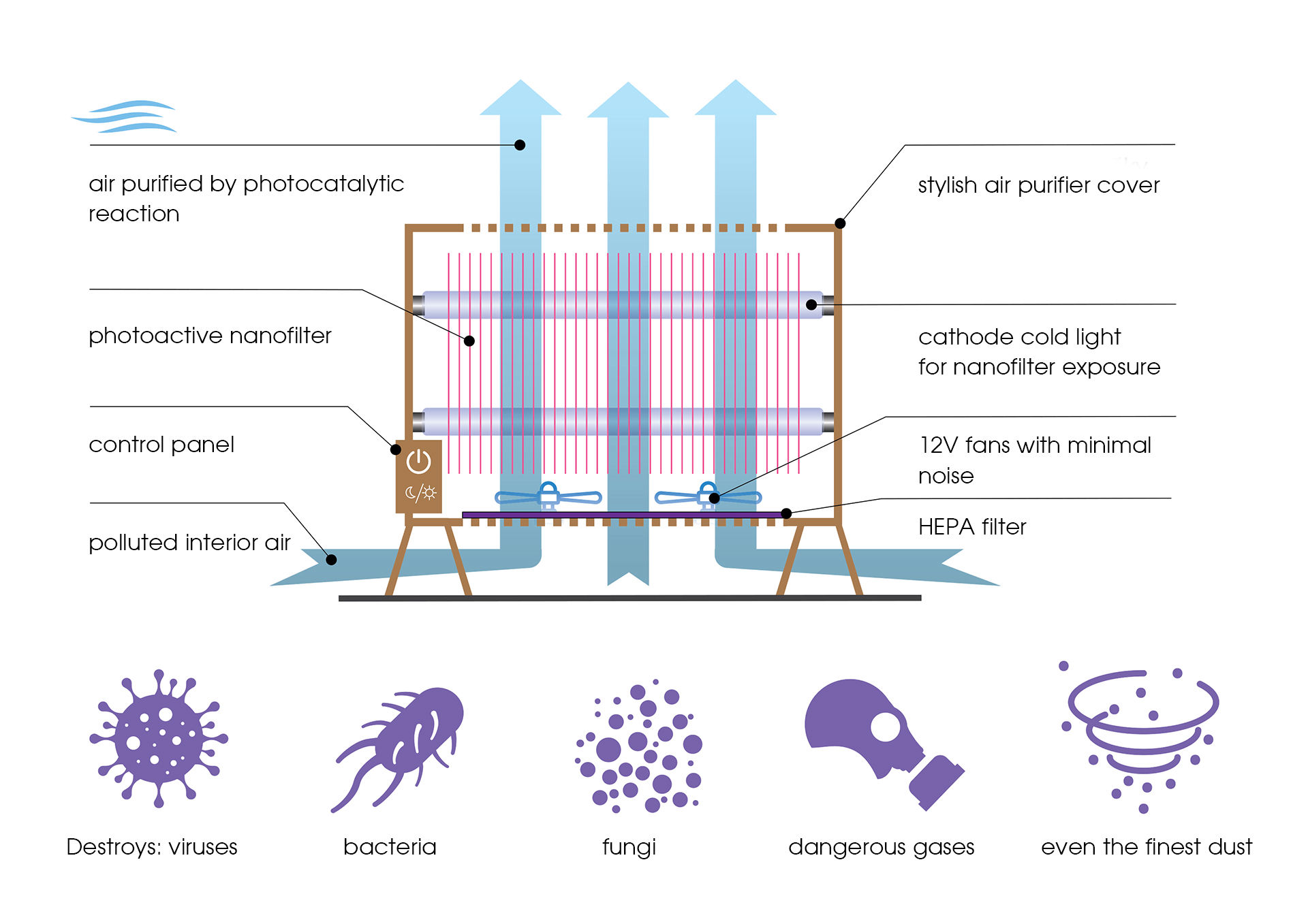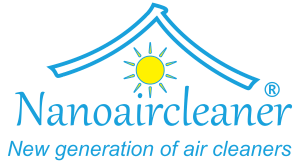Purity of Indoor Air
Indoor air quality is nowadays, if ever, assessed according to temperature, humidity and concentration of carbon dioxide (CO2). It is often the case that people complain about the air quality even though all these indicators show an optimal level. The comfort of the people spending time indoors is, however, also decreased by odors, smoke fumes from interior equipment, etc. Most of these substances, which we perceive through smell (but also those that we are not able to discern), belong to the group of volatile organic compounds.
Volatile organic compounds or VOCs are chemical substances that are emitted as gases from solid or liquid substances. They easily evaporate into the air even at room temperature. The concentration of these substances may be up to 100 times higher inside than outside. Many of the products that we use, or are exposed to every day, emit volatile organic compounds into the air. While all VOCs have the potential to be harmful, there are a few VOCs, which can be particularly dangerous, and yet are emitted from a series of products in our homes. These VOCs are formaldehyde, benzene and phenol, and they are classified as hazardous air pollutants according to the US Environmental Protection Agency (EPA), US Green Building Council (USGBC) and a European Union (EU) study claims that the rate greater than 500 ng/L (nanogram per liter) of volatile organic compounds can pose a health risk in households. However, data from thousands of tested homes showed the mean value of 1200 ng/L – more than twice the permissible level. Even moderately elevated levels of these airborne chemicals can cause health problems to people, especially small children, elderly people, pregnant women and those who suffer from allergies and asthma.
